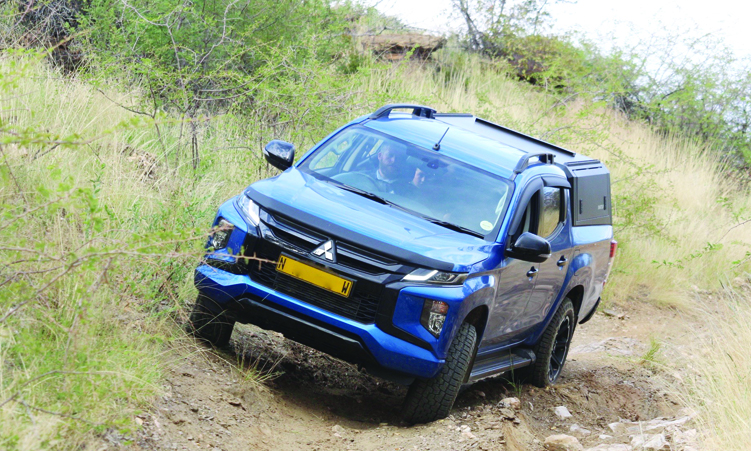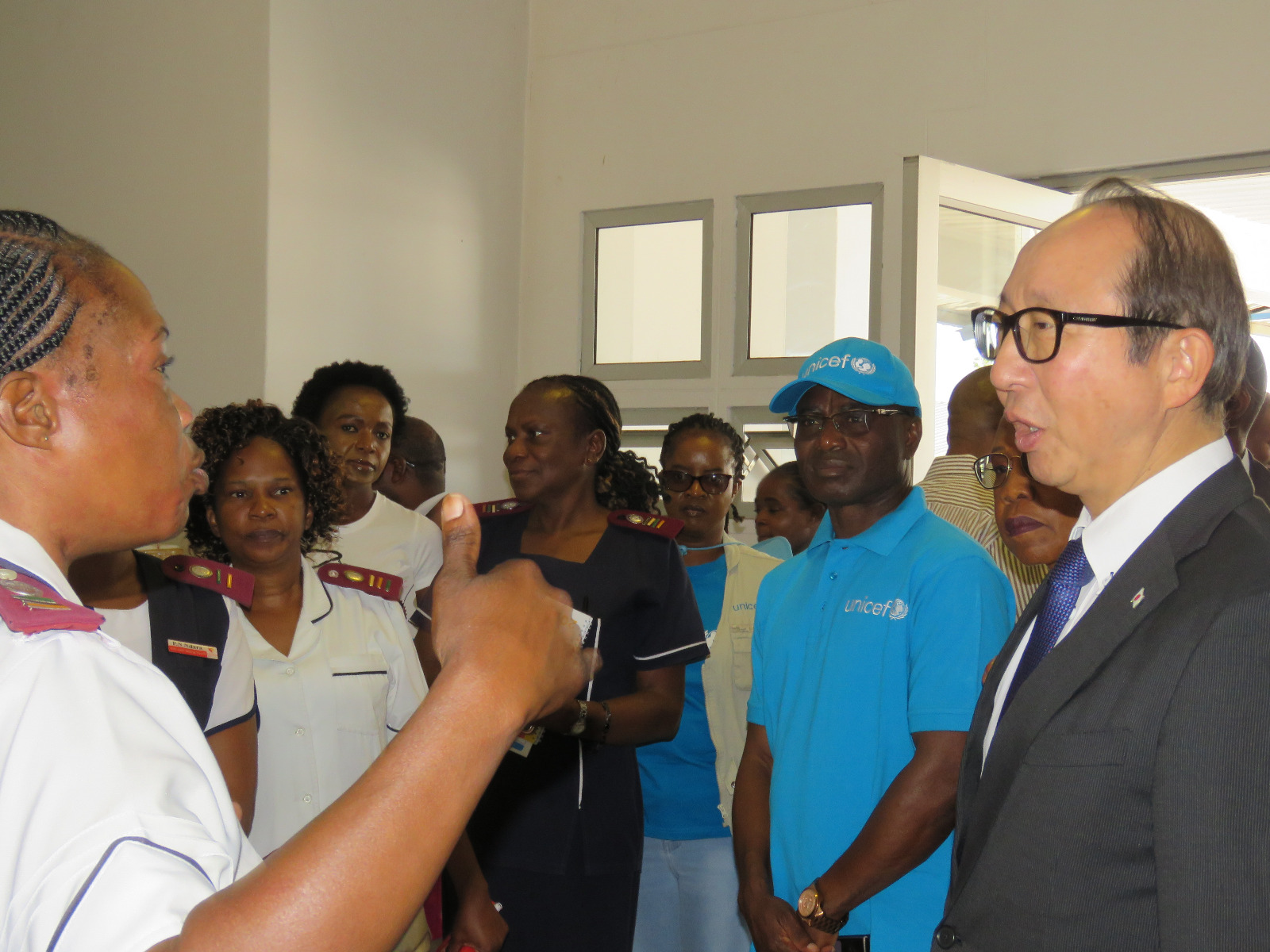The three diamonds on the Mitsubishi grill are well deserved after many years of research and development to present a 4×4 to the world. Certainly, though the Mitsubishi Triton double cab 4×4 is not as acknowledged as it should be in Namibia, it deserves its place under the sun.
Since the first Mitsubishi saw the light over a century ago, the brand has gained acceptance globally. The real Triton was created in 1978. Since then, the compact pickup truck has steadily made its mark in Namibia, says Mitsubishi Motors Windhoek sales manager Andre van der Merwe.
“The Triton is still one of the most underrated 4x4s in the market, but we at Mitsubishi would like to put the emphasis on the Super Select II (SS-II) 4×4 system, which was born and bred in the Dakar Rally scenes,” Van der Merwe told Top Revs during an interview at the Yellowstone 4×4 trails outside Windhoek recently, where we were invited to witness the Triton’s capabilities.
The car made an impression in the field, managing several types of terrain with ease. Despite traversing mountainous areas, the Triton’s standard suspension did not disappoint, and at times it even felt like travelling on normal gravel road.
Fitted with a 2.4 Diesel turbo engine and Mitsubishi Innovative Valve Timing Electronic Control technology, the engine performs well for the displacement of 133kW and 430Nm torque, said Van der Merwe.
The Triton is not all about engines, gearboxes and 4×4 transmissions. It also comes with looks and other features as standard issues, like driver’s assistance. The car’s SS-II offroad dial, situated on the centre console offers the following settings for the various driving conditions: Two wheel high range, used for normal road conditions, full-time four wheel drive) ideally for rough or gravel road driving; high range with locked centre differential (driving rugged and uneven terrain) and all wheel drive low range with locked centre differential, which is ideal for steep hills with loose gravel/stone surfaces.
This offers the owner a whole spectrum of driving almost anywhere.
“These facilities add to a very capable vehicle when it comes to 4×4 terrain,” said Van der Merwe.
When it comes to other features, the Triton does not need assistance in terms of safety and driver’s assistance.
One of the many features playing a huge role when going off-road, particularly on down hills is Hill Descent Control (HDC).
This system allows the driver to maintain a steady speed without manually applying the brakes, which gives the driver more time to focus on the terrain and steering. It is applicable on both manual and automatic transmissions and can be engaged with automatic transmission between 2-20km/h, while the manual transmission operates between 3-20km/h.
When it comes to obstacle clearance, the Triton again produces pretty impressive figures, with a lateral travel angle of 45 degrees and an approach and departure angle of 31 and 29 degrees, respectively.
When it comes to crossing obstacles, the car boasts a 25 degree ramp break-over clearance.
Another nice to have is the hill start assist, which prevents the car from rolling back or stalling the engine when departing from a steep incline.
The new Triton is the ultimate bakkie with 18-inch alloy wheels, LED daytime running lights and soft padded seats and armrests.
Indeed a vehicle engineered to deliver performance and off-road luxury.
The vehicle comes in 2×4 and 4×4 models, as well as automatic and manual transmissions in both single and double cab variants.
Stay informed with The Namibian – your source for credible journalism. Get in-depth reporting and opinions for
only N$85 a month. Invest in journalism, invest in democracy –
Subscribe Now!






